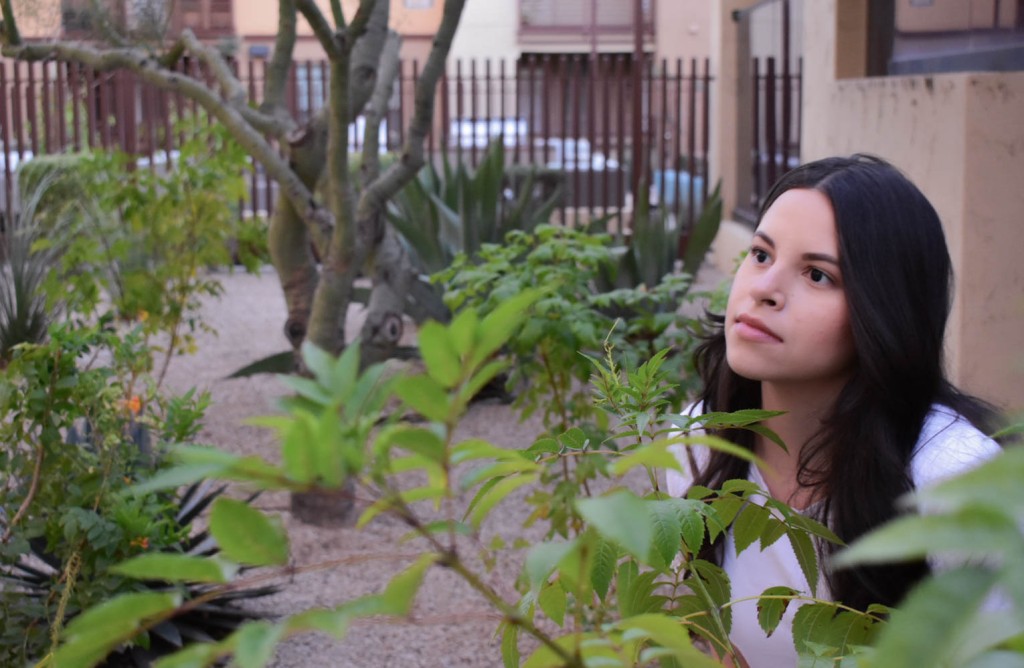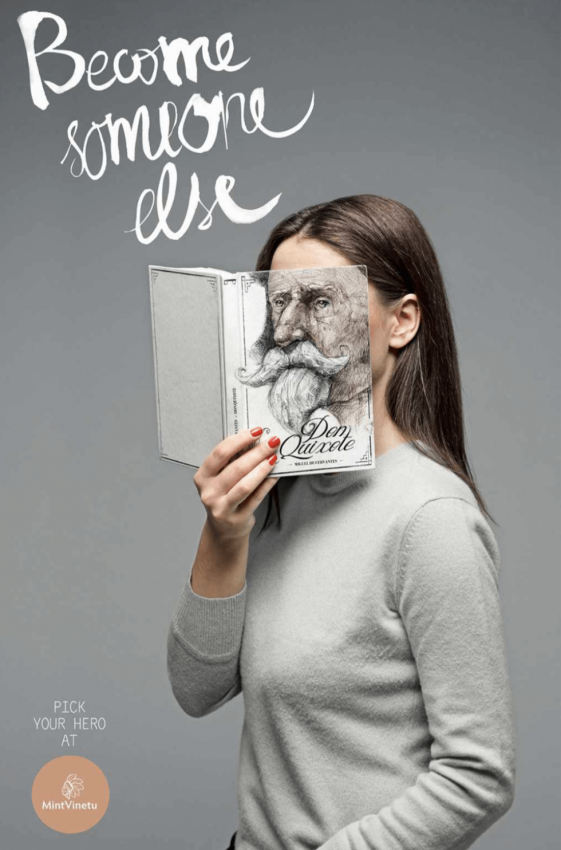
Combining different typefaces to create an appealing contrast in a magazine spread is not only about putting together the fonts that you like most. This week I learned how to identify the family each typeface falls under, and how to make effective contrasts that are eye catching, and appealing to the eye. I liked the feminine style of this particular magazine spread, and I’ll be using it as an example to showcase a some of what I learned. I’ll also talk about the photographic elements that are present. The magazine spread was designed by Alexandra Hartman: https://www.behance.net/gallery/64913525/Double-Page-Spread-Magazine-Layout. This design was created by her as part of an assignment for an intro to Typography class. The photographs and body copy are from other designers.
Typeface category

There are three different typefaces used in this spread, and they are each identified with different colors. The typeface circled in yellow is a Modern. We can identify it as such because the serifs are horizontal, and because there are radical think/thin transitions (contrasts in the strokes) on the letters.
The modern heading contrasts with the text and paragraphs on the spread because of its size, and the fact that they belong to different families. The paragraph text which is signaled in blue, has a Sans Serif typeface. This is the type that has no serif, or the small lines on the ends of the letters, like those on the modern typeface. Another way we can tell this is a sans serif typeface is that all the letters have the same thickness or weight all around. The texture doesn’t change on different parts of the letters.
The last typeface, which is circled in red, is from the Script family of typefaces. This typeface looks like it was handwritten with a pen because of its slanted lines and because you can see strokes in the letters. This particular font connects all of the letters together, but not all script typefaces have all of the letters connected to each other.
typeface contrast

These typefaces contrast very well because they are different from each other. First, the different styles that each typeface has at the ends of the letters give a pleasant contrast. The sizes are clearly different. The script is much bigger and takes up the whole right side of the spread, and the modern script which is the heading is much larger than the text. This allows us to be able to distinguish it as separate from the text, yet we know it is related to the text because of their proximity. Finally, we can appreciate a nice contrast in the text as the first two letters which, are the girls name who the author is writing about, are white, and the rest of the text black, which is a complete contrast from the white of the rest of the letters. The larger C at the beginning of the text draws the eye there so we know that is where the text begins.
photography

In this picture, the photographic element that is most relevant in this picture is depth of field. The girl is in focus in the whole picture and the photographer has blurred out the background as well of some of the leaves in front of her to focus her in. Therefore, the photographic element most relevant in the picture is depth of field.
alternate images for layout



I took these images trying to replicate the overall design of the original photograph. Like the original, these photos have a depth of field behind the object in focus which is the girl. We have green leaves in the foreground, and I took these images outside on sunny days. The orignal picture doesn’t have a lot of sunlight, but in all of them, we can get a slightly warm feeling. Perhaps we would need to make the foreground on these pictures a bit lighter. The original picture has been modified on the part where the text was placed in order to make it a bit lighter so that the text would contrast and it would be easy to read. Overall, the design is very similar to the original photo. I had a lot of fun analyzing this, hope you’ve enjoyed!









